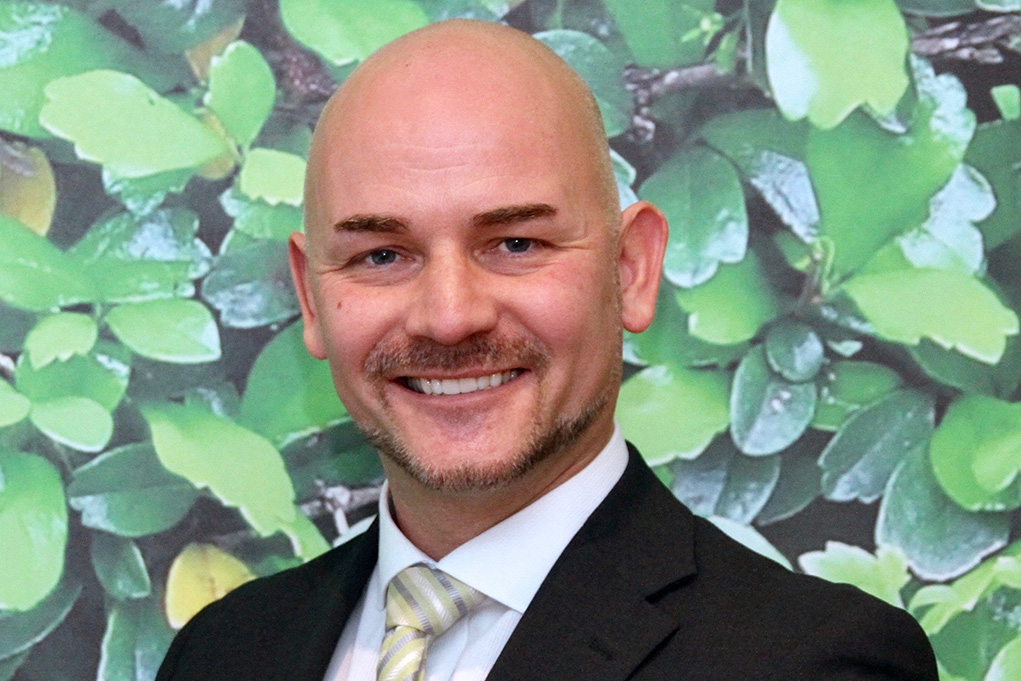Kash from YES Psychology & Consulting

Name
Kash Thomson
Job title
Director
Organisation
YES Psychology & Consulting Pty Ltd
What are you/your organisation currently focusing on in terms of workplace health and wellbeing?
Supporting leaders through tailored “Mental Health Leadership @ Work” interventions for building Mentally Healthy Workplaces.
Demystifying resilience and mindfulness, making them accessible and promoting them as everyday strengths that can be learned, via our “Tactical Composure” program.
What aspect of workplace health and wellbeing does your organisation do well in?
Internally as a team we check-in with each other often and honestly, always starting a meeting or ‘tele-huddle’ with a feelings check. We have to share what zone we’re in and why (Green Zone, Orange Zone or Red Zone).
Externally as passionate provider of leadership and wellbeing, we Listen to what’s needed and recommend and design a workable intervention, suited to current climate, culture and context within the organisation. Another strength is our assessment, profiling and diagnosis of workforce wellbeing, with specific attention areas of strength (resilience), areas for improvement (risks) and tangible recommendations that leaders feel comfortable with and confident to enact.
What’s your biggest challenge working in workplace health and wellbeing?
Helping organisations see the benefit of prioritising the quality TIME required for a process approach to workplace wellbeing (assess, define objectives, plan, intervene, monitor, improve) and broadening out the assessment from a ‘good wellbeing pulse’ to include an assessment of psycho-social risk factors.
How does WayAhead Workplaces add value to your organisation’s health and wellbeing program?
Reality-testing ideas and workable ways to sustainable wellbeing. The members and their inputs help us calibrate our own actions and focus. Keeping us committed to the simple, yet critical, aspects of functioning – ‘practicing what we preach’.
How do you deal with stress?
Keeping a quarantined ‘buffer zone’ each week to help manage work/life load. Talking with peers and friends. Walking and Mindfulness Meditation. Acknowledging when overthinking things is not serving me well and Reframing to Good Thoughts. Deliberate use of gratitude and consuming positive stuff. Smiles and hugs.
What are the key issues and considerations for people in workplace health and wellbeing roles?
Primarily, shifting ‘wellbeing championship and ownership’ from the dedicated few, to all leaders and eventually all people in the workplace culture. Managing expectations and expertise, as ‘wellbeing champions’ are automatically expected to take on the next new thing, even though perhaps already stretched thin, such as being a peer-supporter, mental health advocate, wellbeing champion, safety rep etc. This is much about facilitating leaders to take back ownership and championship of wellbeing, allowing the dedicated ‘wellbeing role’ to facilitate, encourage and guide best practice, brokering solutions and managing relationships. Maintaining employee engagement and momentum in Workplace Wellbeing programs, especially during times of change and keeping the solid core of health and wellbeing initiatives stable while trying out some of the fresher, ‘fashionable/trendy’ programs coming into the market.
How do you switch off from work?
Reading, exercise and grounding mindfulness meditation.
What is your best time-saving tip?
Ironically, saying ‘no’ when reasonable and not feeling guilty.
What do you think the future of work health and wellness programs look like?
When done well, and backed up by data, they will reveal the +ROI and move from nice-to-have to must-have. Employees will come to expect that the organisation will do something and that leaders will check-in with them. Increasingly people will engage in programs that allow positive experiences and help them feel good. This is a design issue to take into account. Choice and diversity will continue to play a part, with swings and roundabouts in primary delivery modes: online versus face-to face-interventions, individual versus group interventions, flexibility for each sub-group while still connected to an overarching, socially responsible and attractive internal brand. Keeping balance with the speed of new technology. Flexible working arrangements will continue to be promoted and requested by employees – so programs need to consider how to maintain oversight, inclusion and accessibility. With mental health and wellbeing a growing industry, due to need, organisations must be careful in how they choose quality providers and partners, given the market will be flooded with energetic and charismatic ‘health and wellness’ experts with variable qualifications. Human responses to climate change, human longevity, human-to-human connection, a sense of belonging, stress and loneliness – will need to be considered.
eNewsletter (1)
Newsletter
eNews
Keep up to date with Wayahead Workplaces and the
Workplace Mental Health sector.
What’s included
- Industry news & upcoming events
- New and relevant research, resources, and articles
Our commitment
- Filtered, high quality information
- TLDR blurbs with high-level summaries and key takeaways